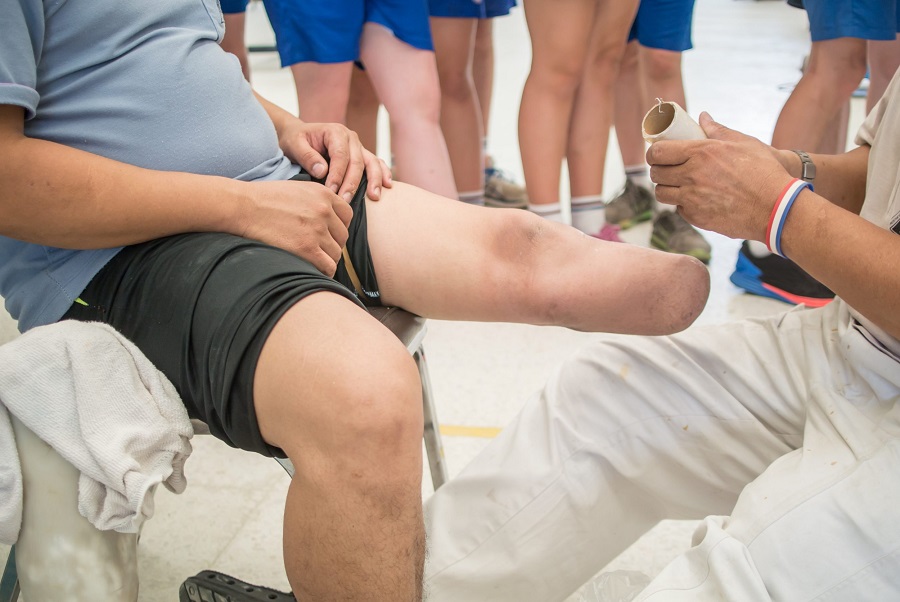One of the most shocking things in a person’s life is having to face an amputation. An amputation is the removal of any limb, usually hands, arms, legs, or fingers. Amputations occur either by surgery, accident, or trauma.
People can lose all or part of a limb for a variety of reasons. The most common include:
- Circulation problems. These can result from atherosclerosis or diabetes.
- Injuries. Including those from traffic accidents and military combat.
- Cancer
- Congenital disabilities
Specifically, the reasons for performing a lower extremity amputation are:
- Severe trauma to the limb caused by accident.
- Poor blood flow to the limb
- Infections that do not go away or that get worse and cannot be controlled or cured.
- Tumors of the lower extremity
- Severe burns or severe frostbite
- Wounds that will not heal
- Loss of function of the limb
- Loss of sensation in the limb, making it vulnerable to injury
The vast majority of people who have had an amputation can resume their active lives satisfactorily. Recovery and ability to function after an amputation depends on many factors. Some of these are the reason for the amputation, whether you have diabetes or poor blood flow, and your age. In addition, the person’s mental state is essential and a determining factor in their recovery and social reintegration. So if you feel depressed, frustrated, angry, and sad, know that this is normal; please seek help from a professional to support you during this complex process.
The larger the residual stump, the larger the lever arm will be, and with it, the greater the leverage.
The more significant the residual stump, the greater the lever arm and thus the more influential the muscular control of that segment when using the prosthesis. However, a decisive factor is that the patient should begin all necessary rehabilitation measures as soon as possible. These are, for example, proper posture, learning to bandage the residual limb correctly to prevent edema and taking specific care to make the skin more resilient. The task of the physiotherapist is to instruct the patient, from an early date, on the movement exercises and muscle training to be performed to prevent joint contractures from developing. Proper selection and fitting of the prosthesis will positively influence the patient’s acceptance of the residual limb and their general well-being.
With the help of a so-called temporary training prosthesis, the amputee can immediately perform standing and walking exercises.
Physical rehabilitation must include: pain control, posture, balance, strengthening of the muscles that move the residual limb(s) and the remaining limbs and the trunk, correction of muscle contractures, and instruction in the skills and aids necessary for safe walking.
Suppose you are considering the possibility of using orthotic devices. In that case, you should assume that there are currently numerous possibilities for the fabrication of artificial limbs for people who are missing one or more limbs.
Technology makes it possible to adapt the component orthotic devices to the specific needs of each patient. The selection is based on age, weight, height, underlying conditions, physical activity, work activity, psychological conditions, family collaboration, and financial resources.
Currently, thanks to neuro-engineering, it is possible to achieve, first, that the person with the lost limb (or another body part) can move it by himself. Second, mobility can be controlled and recovered thanks to applying an electrode in the brain (specifically in the motor cortex).
Secondly, there is also the possibility of recovering sensitivity thanks to a connection between the natural part of the body and the synthetic/artificial part of the mechanical arm, thus achieving a perfect interaction between the nerve connections and the mechanical musculoskeletal connections.



